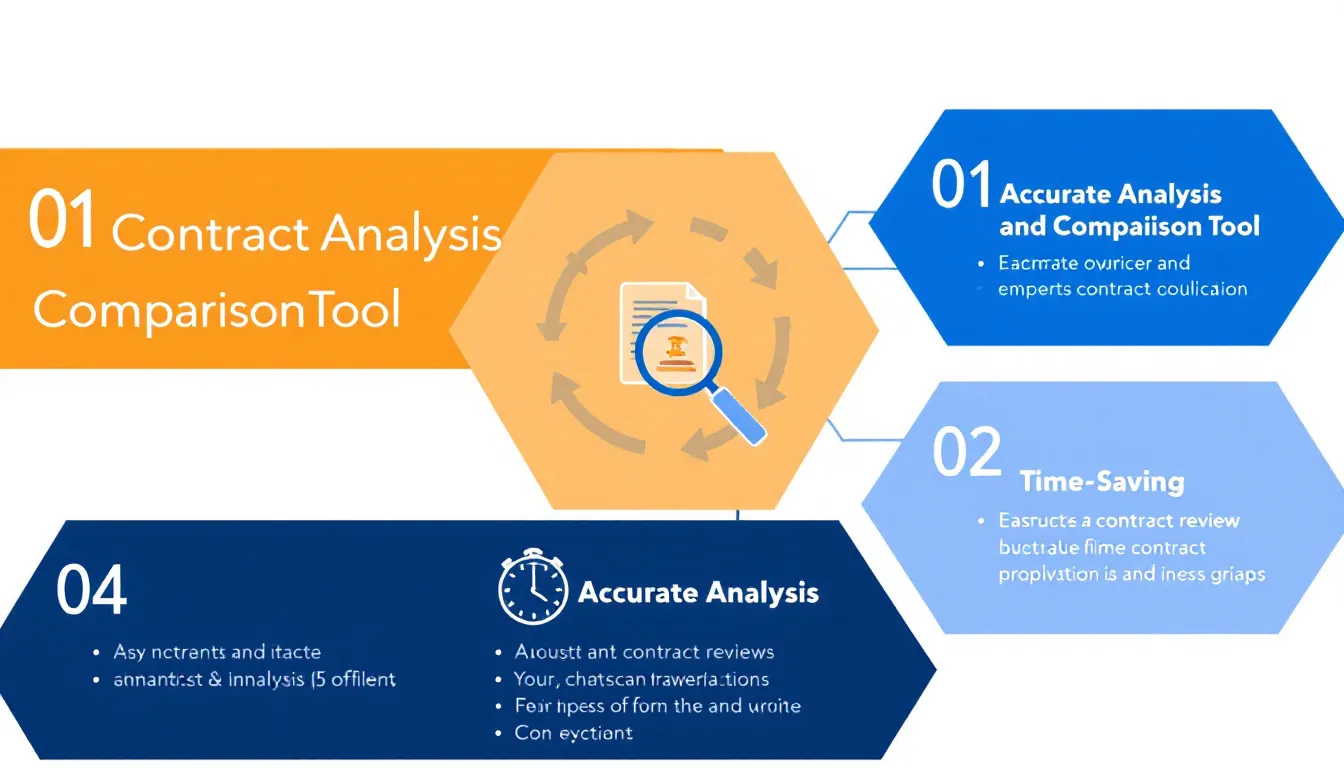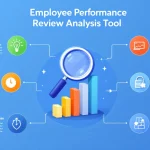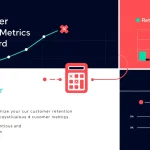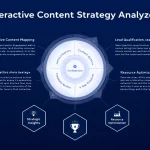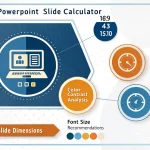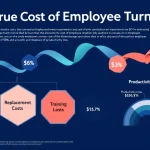Contract Analysis Tool
Is this tool helpful?
How to Use the Contract Analysis Tool Effectively
- Input the Complete Contract Text: Paste the full contract text you want to analyze. For example, you might enter an employment agreement for a marketing consultant or a partnership agreement for a new venture.
- Specify the Industry for Standards Comparison: Enter the relevant industry to compare your contract clauses against typical norms. Examples include Construction, Financial Services, or Hospitality.
- Provide Client Name (Optional): You can enter your client’s name if you want a personalized report. For instance, BrightWave Solutions or Sunset Catering LLC.
- List Specific Clauses or Concerns (Optional): If you want the analysis to focus on particular contract areas, list them here, such as non-disclosure terms or payment schedules.
- Click “Analyze Contract”: Submit the form to begin the analysis using AI-driven comparison.
- Review the Generated Report: The tool presents a detailed analysis highlighting any clauses that differ from industry standards, with explanations and recommended adjustments.
- Copy and Save Your Results: Use the copy functionality to save or share your contract review findings easily.
What Is the Contract Analysis Tool? Purpose and Benefits
The Contract Analysis Tool is a legal technology designed to help you review contractual agreements by comparing their clauses against industry standards. It uses advanced AI and legal databases to identify unusual or risky terms, ensuring your contracts align with best practices for your specific sector.
Purpose of the Tool
This tool streamlines contract reviews, helping legal professionals and business owners work faster and with greater accuracy. It focuses on spotting deviations, risk factors, and suggesting improvements to protect your interests during contract negotiations.
Key Benefits
- Save Time: Automate detailed contract reviews, completing in minutes what might otherwise take hours.
- Enhance Accuracy: Reduce human errors by using AI-powered clause comparison.
- Standardize Contracts: Ensure your agreements align with industry-specific legal standards.
- Identify Risks: Detect unfair or unusual clauses that could expose you to liability.
- Support Negotiations: Gain data-backed insights for amending contract terms effectively.
Practical Applications of the Contract Analysis Tool
You can use this tool across many contract types and industries. Here are some common scenarios:
1. Service Agreements in Marketing
Review your marketing service contracts to check clauses like deliverables, exclusivity, and payment terms. The tool flags clauses that are overly restrictive or unusually broad compared to marketing industry norms.
2. Real Estate Rental Contracts
Analyze rental agreements focusing on lease duration, renewal terms, and maintenance responsibilities. Identify clauses that may unfairly burden tenants or landlords based on commercial or residential property standards.
3. Technology Licensing Agreements
Check licensing terms for software or intellectual property use. The tool helps ensure clauses on royalties, rights, and liabilities align with industry benchmarks.
4. Consulting Contracts
Compare terms regarding scope of work, confidentiality, and termination with typical consulting contract standards in professional services.
5. Vendor Supply Agreements
Evaluate clauses about delivery schedules, liability limits, and warranties to spot any terms that could pose risks or constraints compared to industry practice.
Frequently Asked Questions About the Contract Analysis Tool
How does the tool define industry standards for contract clauses?
The tool analyzes thousands of contracts across industries to identify common clause language, structures, and provisions. This extensive data establishes benchmarks for what typical and accepted clauses look like in each sector.
Can the tool handle contracts in multiple languages?
Currently, the tool supports contracts written in English. We are expanding language capabilities to cover other major business languages in the near future.
How frequently is the industry standards database updated?
The database refreshes continuously to reflect the latest legal trends and contract language changes. Major updates occur quarterly to keep comparisons current and relevant.
Is this tool suitable for personal contracts like rental agreements?
While geared toward business and commercial contracts, the tool can also provide insight into personal agreements such as rental or service contracts, but may have less comprehensive data for purely personal agreements.
Why Use This Contract Analysis Tool?
- Speed up contract review so you meet tight deadlines without missing key details.
- Spot unusual clauses hidden in complex documents that might expose you to liability.
- Ensure consistent contract standards across your organization or client portfolio.
- Support data-driven negotiations with clear insights on industry norms.
- Educate junior legal staff by showing how real contracts compare to accepted standards.
Important Disclaimer
The calculations, results, and content provided by our tools are not guaranteed to be accurate, complete, or reliable. Users are responsible for verifying and interpreting the results. Our content and tools may contain errors, biases, or inconsistencies. Do not enter personal data, sensitive information, or personally identifiable information in our web forms or tools. Such data entry violates our terms of service and may result in unauthorized disclosure to third parties. We reserve the right to save inputs and outputs from our tools for the purposes of error debugging, bias identification, and performance improvement. External companies providing AI models used in our tools may also save and process data in accordance with their own policies. By using our tools, you consent to this data collection and processing. We reserve the right to limit the usage of our tools based on current usability factors.
